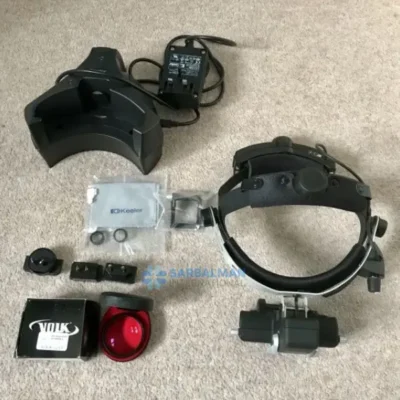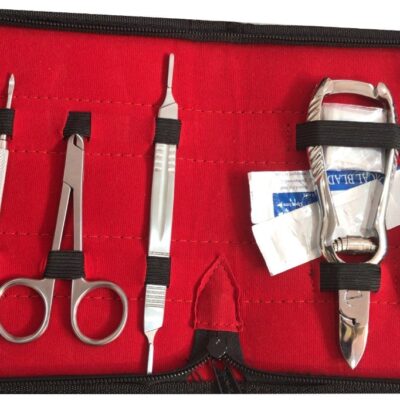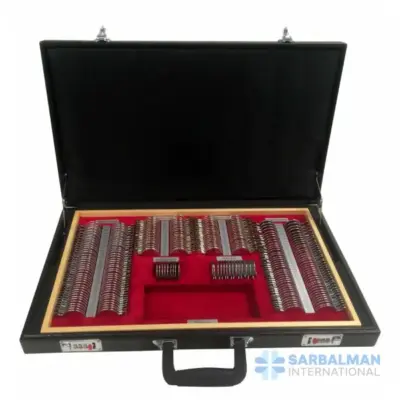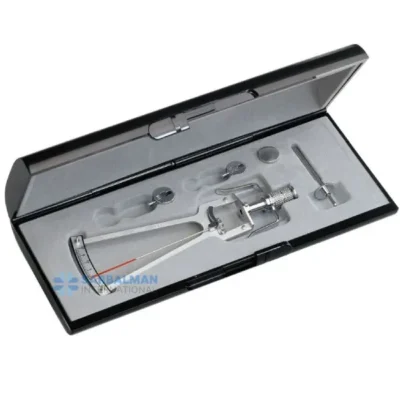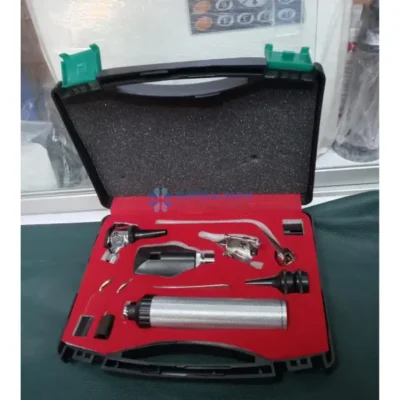Eye Trial Frame
Free!
An eye trial frame is an adjustable frame for loose trial lenses used in subjective refraction. It centers lenses accurately, holds multiple cells per eye, and features clear 0–180° axis markings for fast cylinder work. Comfortable adjustments for PD, nose height, tilt, and temples keep fit stable. Ideal for clinics, outreach, pediatrics, and training, it delivers precise, repeatable results with a portable, patient-friendly workflow.
Description
An eye trial frame is a lightweight, adjustable frame that holds loose trial lenses for subjective refraction. It lets clinicians combine spherical, cylindrical, prism, and accessory lenses to determine an accurate prescription while the patient maintains a natural head and viewing posture. Fine adjustments for pupillary distance, nose-bridge height, pantoscopic tilt, and temple length keep lenses centered and comfortable throughout testing.
Key features and benefits:
• Multi-cell design per eye to stack sphere, cylinder, and accessories without constant swapping
• Large, high-contrast axis scales with crisp 0–180° markings for fast cylinder alignment
• Smooth dials for pupillary distance and vertex distance to maintain precise optical centration
• Adjustable nose rest, tilt, and temple length for secure, comfortable fit across face shapes
• Lightweight alloy or high-grade polymer construction to reduce fatigue during longer exams
• Clear right/left indicators and detents that hold settings for repeatable results
Common use cases:
• Comprehensive refraction in optometry and ophthalmology practices
• Low-vision assessments where posture flexibility and eccentric viewing matter
• Pediatric and geriatric exams when a phoropter is impractical
• Outreach and domiciliary visits requiring portable, durable equipment
• Training labs for teaching cross-cylinder technique and binocular tests
How it compares:
• Versus a phoropter, a trial frame enables natural working distances, easier near testing, and compatibility with specialty lenses or occlusion.
• Versus basic screening tools, it offers finer power steps, axis control, and prism options for precise prescriptions.
Quality and care notes:
• Choose frames with stable centering mechanics, legible scales, and burr-free lens cells to protect lenses.
• Follow local infection-control guidance for cleaning between patients.
• Many buyers prefer devices produced under recognized medical-device quality systems; verify documentation according to facility policy.
A well-built eye trial frame streamlines refraction, improves patient comfort, and supports confident, repeatable prescribing in everyday practice.


